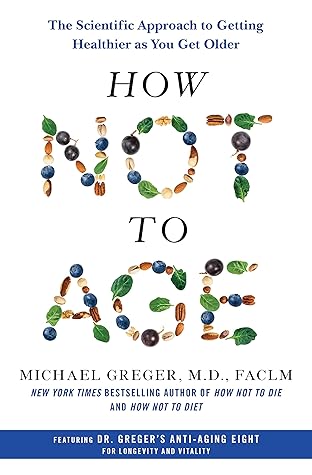enzyme. In our childhood, mTOR is an engine of growth, but, in adulthood, it can be thought of as the engine of aging. Nature simply selects for the brightest flame, which in turn casts the darkest shadow. This is the so-called trade-off theory of aging, a concept technically known as antagonistic pleiotropy, in which a gene can have a positive effect when we’re young and a negative one when we’re old. That explains how genes with deleterious effects late in life can persist in a population.
Welcome back. Just a moment while we sign you in to your Goodreads account.


